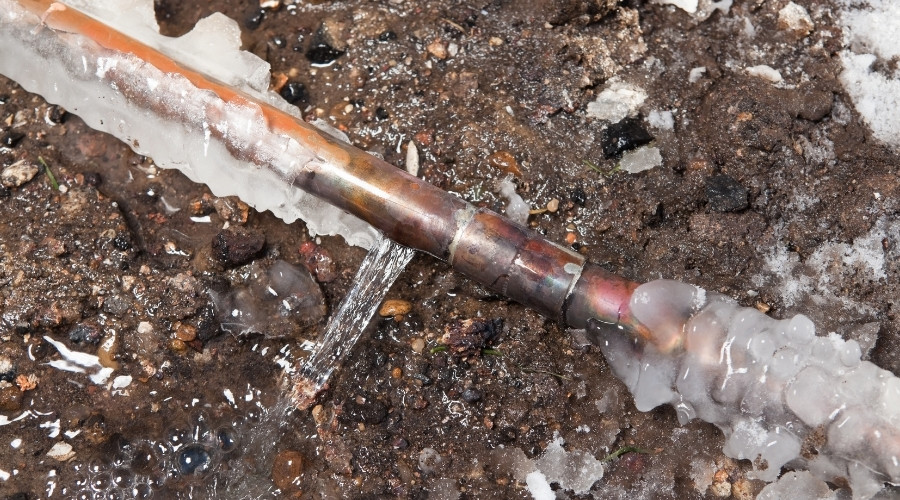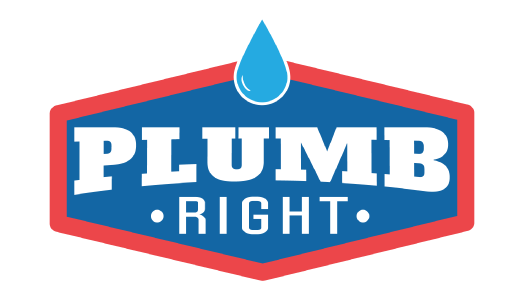How to Prevent Frozen Pipes This Winter
As temperatures drop, plumbing systems face increased stress, especially in unheated or poorly insulated areas of a property. Frozen pipes can quickly escalate into a pipe burst, flooding, and extensive water damage. This post offers an overview of practical ways to protect plumbing during cold weather, including adding pipe insulation, using indoor heat strategically, and winterizing every outdoor faucet to help prevent freezing pipes.
Insulate the Pipes
 One of the most effective ways to prevent frozen pipes is to insulate pipes that run through unconditioned spaces. Lines in the attic, crawl space, unfinished basement, or garage are especially vulnerable because these areas tend to stay much colder than the living space. Adding pipe insulation to these exposed sections helps slow heat loss from the water inside and reduces the likelihood of freezing.
One of the most effective ways to prevent frozen pipes is to insulate pipes that run through unconditioned spaces. Lines in the attic, crawl space, unfinished basement, or garage are especially vulnerable because these areas tend to stay much colder than the living space. Adding pipe insulation to these exposed sections helps slow heat loss from the water inside and reduces the likelihood of freezing.
Foam sleeves, fiberglass wraps, and specialized insulating tape are common materials used to insulate pipes. Focusing on pipes that run along exterior walls, near drafty openings, or close to vents offers the most protection. When residents insulate pipes that have frozen in previous winters, the risk of another freeze and a possible pipe burst drops significantly.
Pipe insulation offers additional advantages beyond freeze protection. Insulated hot water lines tend to deliver warmer water faster and retain heat longer, which can make daily routines more comfortable and slightly reduce energy waste. For older homes or properties with a history of frozen pipes, investing time and effort into targeted pipe insulation is a smart, preventive step.
Keep the Heat on and Open Cabinets
 Indoor heating plays a crucial role in safeguarding plumbing during extreme cold. Maintaining a consistent thermostat setting helps keep interior temperatures above freezing, even during overnight lows or unexpected cold snaps. Large swings in indoor temperature can increase the risk of freezing pipes in marginal areas such as over-garage rooms, additions, or spaces with less insulation.
Indoor heating plays a crucial role in safeguarding plumbing during extreme cold. Maintaining a consistent thermostat setting helps keep interior temperatures above freezing, even during overnight lows or unexpected cold snaps. Large swings in indoor temperature can increase the risk of freezing pipes in marginal areas such as over-garage rooms, additions, or spaces with less insulation.
Another simple but effective habit is opening cabinet doors that conceal plumbing. Cabinets under kitchen and bathroom sinks often trap cold air around water lines, especially when those pipes sit along exterior walls. Leaving these doors open allows warm indoor air to circulate freely around the pipes, making it less likely that standing water inside will freeze.
Together, steady indoor heat and open cabinets form an important line of defense against frozen pipes. When combined with regular heating system maintenance, these practices help reduce the chances of a sudden pipe burst and the resulting water damage that can follow when freezing pipes thaw and split.
Winterize Outdoor Faucets
Exterior plumbing fixtures are frequently the first components to freeze once temperatures plunge. Properly winterizing each outdoor faucet helps prevent trapped water from expanding, cracking pipes, and creating leaks inside walls or foundations.
The process begins with removing any attached garden hoses or accessories. Hoses should be drained completely and stored indoors so that residual water cannot freeze and push back into the supply line. Next, the shut-off valve that controls water flow to each outdoor faucet should be closed, if such a valve is available inside the property.
Once the supply is turned off, the outdoor faucet can be opened to allow any remaining water in the pipe to drain out. Leaving the valve slightly open after draining provides room for minor expansion if a small amount of water remains. As a final layer of protection, an insulating cover can be installed over every outdoor faucet. These covers help shield the metal fixture from direct contact with frigid air and wind, further lowering the risk of freezing.
When hoses are disconnected, lines drained, shut-off valves closed, and each outdoor faucet covered, the plumbing system is far better prepared to withstand winter temperatures without a damaging pipe burst or costly repairs.
By combining pipe insulation, consistent indoor heating, open cabinets, and thorough outdoor faucet winterization, households can significantly reduce the risk of frozen pipes, leaks, and water damage during the coldest months of the year.
About Plumb Right
Plumb Right is a customer-focused plumbing company that’s been offering expert, on-time service in Brooklyn Park and the neighboring areas since 1988. Call them today for same-day service and upfront pricing on burst pipe repair in Brooklyn Park, MN.



